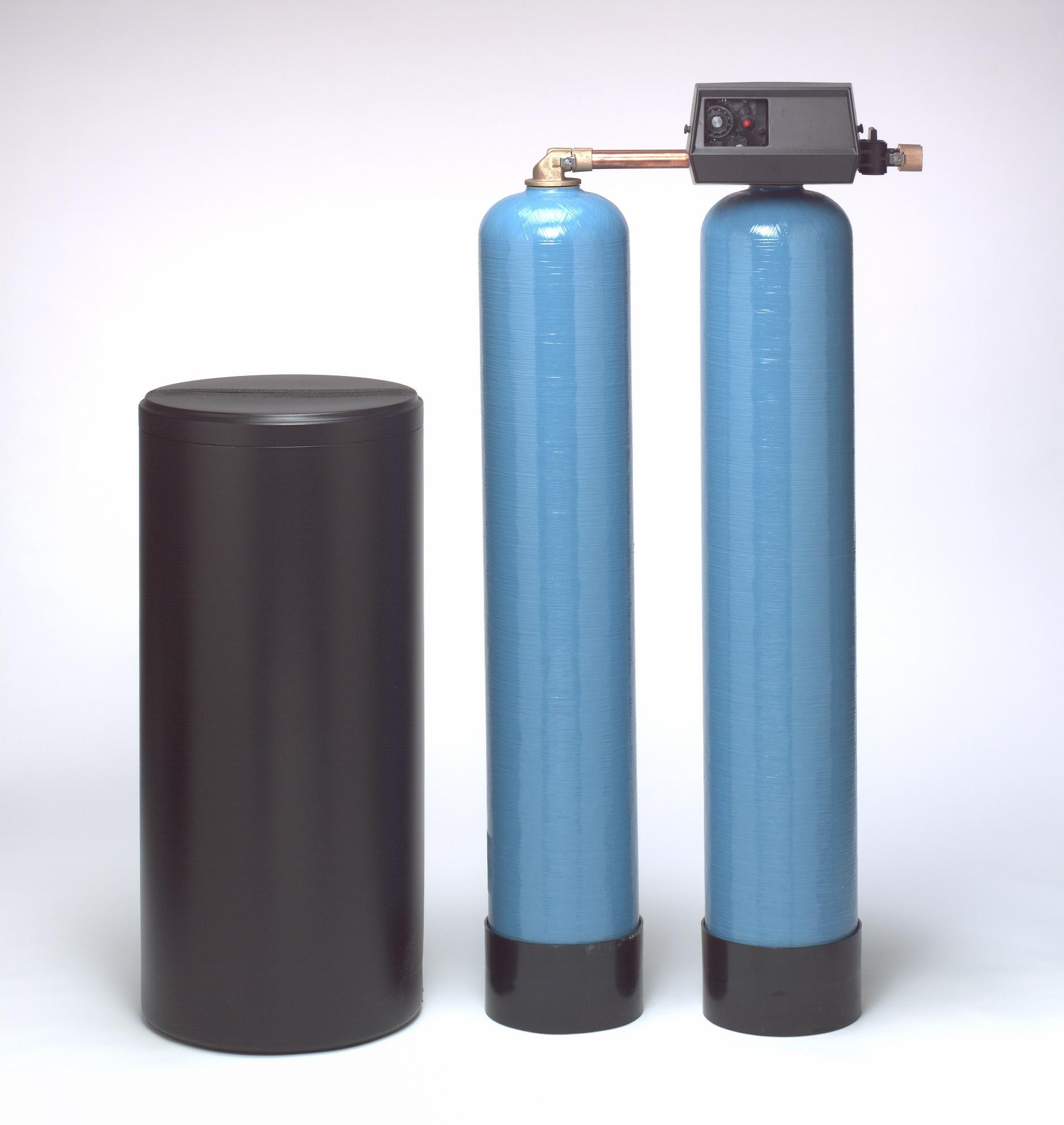2 min read
128 Views
Editorial Staff
Understanding the Basics of your Water Softener
The first thing you need in dealing with hard water is a test kit. This helps you to determine the [...]
T
he first thing you need in dealing with hard water is a test kit. This helps you to determine the degree of hardness of your water. Hardness of water is a result of dissolved minerals such as calcium, iron, or magnesium. Besides, you need to pick the right size of water softener, which is another crucial step in the purification process. Before you choose the right size, it is important to understand how a water softener works.
The working of a water softener involves exchanging hard dissolved minerals for soft minerals. For example, when calcium minerals are present in hard water, the softener exchanges them for soft minerals such as sodium. A water softener contains a group of several chemical magnets known as ion exchange resin, which facilitates the exchange process. A softener with more chemical magnets has a higher capacity. Capacity implies the amount of gallons a softener can purify before you can recharge it.
Grains, or grain removal, are some of the terms used to measure the capacity of water softeners. For instance, one grain per gallon is equivalent to 17.1 parts per million. According to experts, average hard water contains about 10 grains of hardness in each gallon. One you have the kit, you can calculate the amount of hardness present in your water.
To calculate the amount of water you need to purify, you simply multiply the number of people in your household by 80. This is because an average person uses around eighty gallons of water on a daily basis. Therefore, if your house has four people, then you will need around 320 gallons to treat. With ten grains of hardness in each gallon, it comes to 3200 grains to use on a daily basis.
To install your water softener, you only need basic plumbing skills. If not, you can hire a qualified plumber to do the installation at a modest price. There are basic connection points in a water softener namely inlet, outlet, and the drain. Once connected, start up is easy and in case of any problem, you can contact your supplier.




